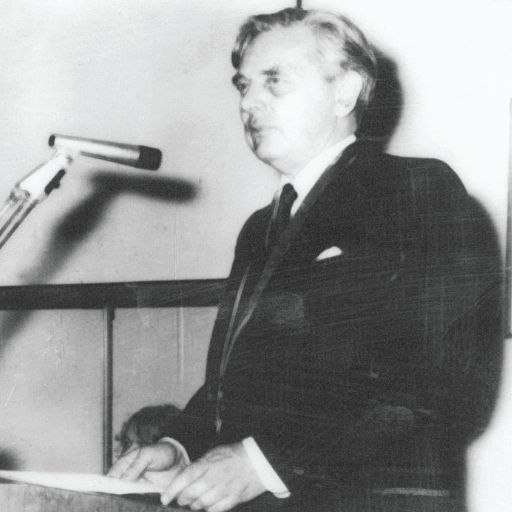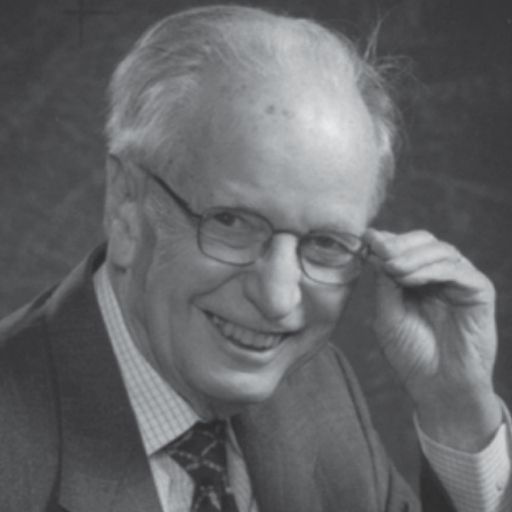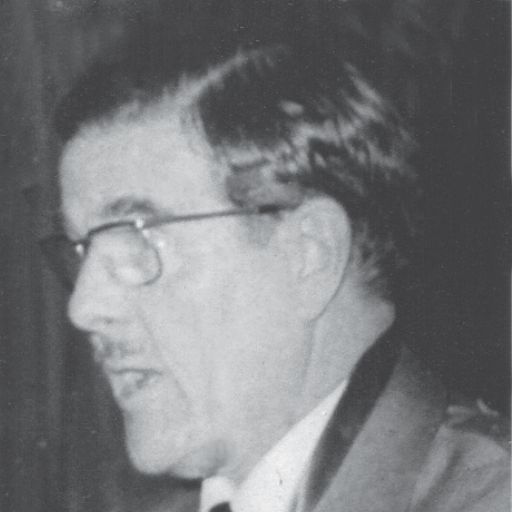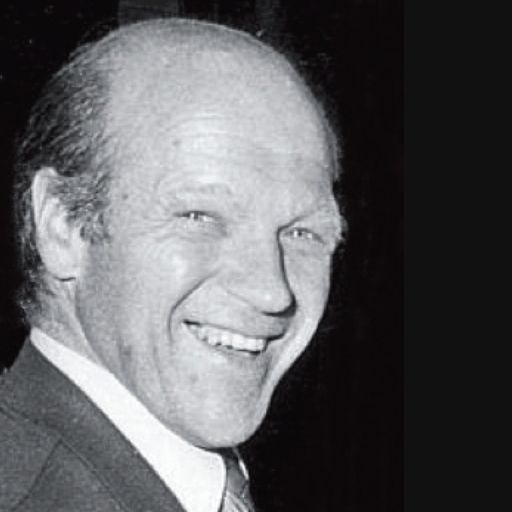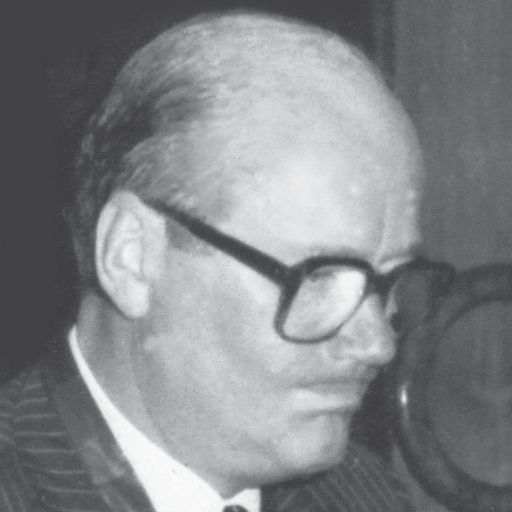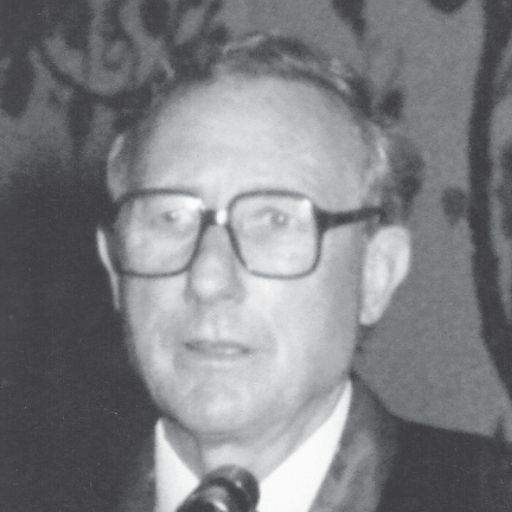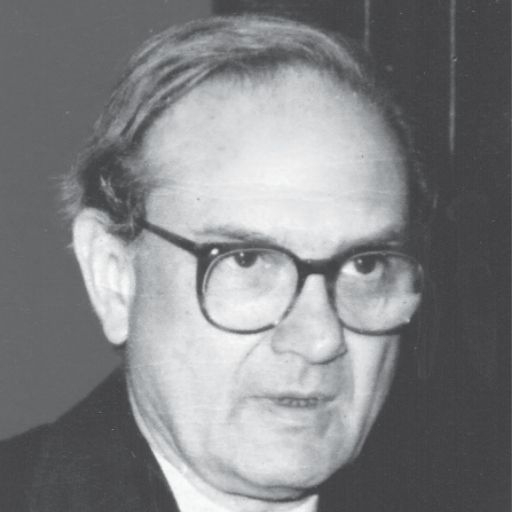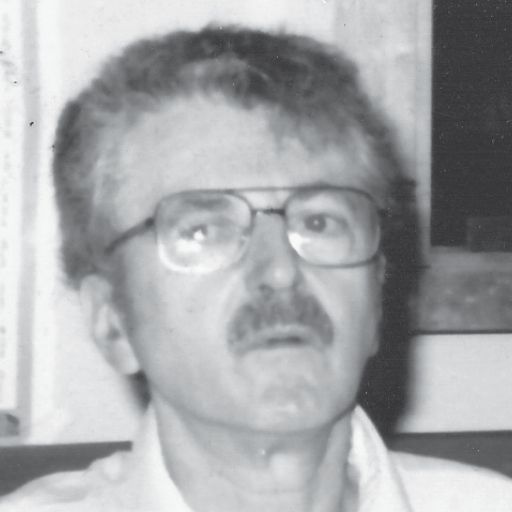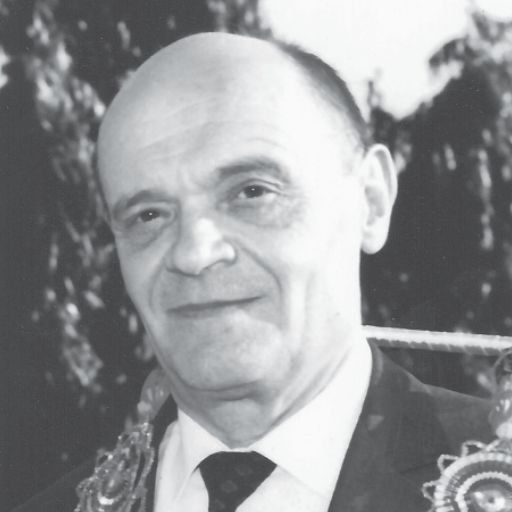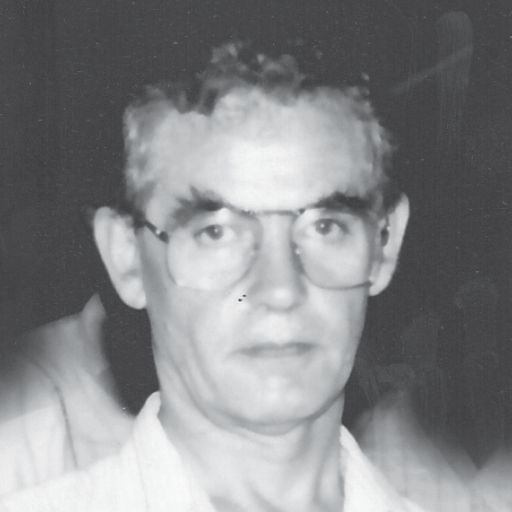1990

Year 10
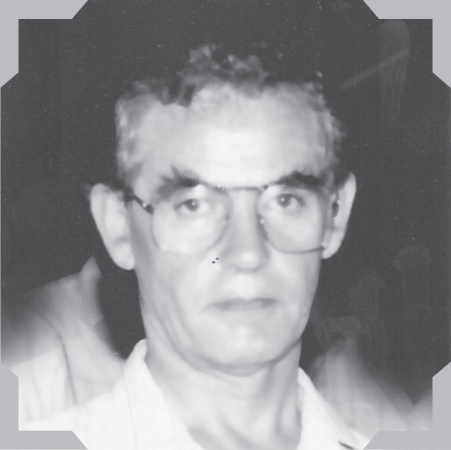
Prof. C. David Marsden
Professor of Neurology Institute of Neurology, Queen Square, London, United Kingdom
THEME: PARKINSON’S DISEASE: PAST, PRESENT AND FUTURE
By the late 1970’s, neurologists had in their armamentarium, several drugs for PD, but these comprised
mainly of symptomatic therapy. However, long-term levedopa therapy resulted in dyskinesias, i.e. abnormal
levodopa-induced involuntary movements, psychiatric complications ranging from isolated hallucinations to
full blown psychosis and toxic confusional state. The therapeutic benefits of levodopa began to wane over a
few years of treatment, with initial end of dose fluctuations to response and later, more chaotic on-off
oscillations. The present trend is to introduce dopamine agonists early in the treatment regimen, trial of
long-acting Sinemet and the introduction of a neuroprotective antioxidant, Deprenyl, which prolongs the
action of dopamine in the brain. The significant findings of the research conducted by the Parkinson’s
Disease Society Brain Bank, UK, which along with the clinical criteria, has stimulated the diagnosis of a new
disease entity, the Parkinson Plus group of degenerative disorders. The clinical manifestations of this group
of disorders may present with a variable syndromic picture of poor response to levodopa therapy, an absence
of rest tremors, early falls, dementia, autonomic symptoms, abnormal eye movements, cerebellar ataxia and
pyramidal signs.

